Click on any figure to see it enlarged.
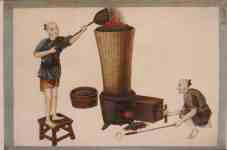
Figure 1. Charging of a small blast furnace, gouache painting by an unknown Chinese artist, ca. 1840 (Bibliothèque Nationale, Paris, 'Fer', C. E. Oe 119 in-4°, no. 5). Cf. Figure 2.
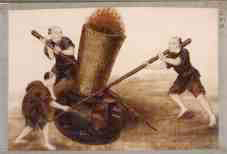
Figure 2. Tapping of a small blast furnace, gouache painting by an unknown Chinese artist, ca. 1840 (Bibliothèque Nationale, Paris, 'Fer', C. E. Oe 119 in-4°, no.7). Cf. Figure 1.

Figure 3. Tapping of a blast furnace in Wushan, Gansu, 1958 (Alley 1961b, no. 55).

Figure 4. Ironsand sluicing at Lijiazhai 李家寨 in Xinyang 信陽, Henan, photographed by E. T. Nyström about 1917 (reproduced from Tegengren 1924, vol. 1, plate 16).

Figure 5. 'Washing ironsand', illustration in Tian gong kai wu (reproduced from 1637 ed., xia 下: 18a).

Figure 6. Blast furnaces in western Hunan, 1958, photographed by Rewi Alley (1961, no. 10). Cf. Figure 7.

Figure 7. Diagram of a blast furnace in Sichuan, ca. 1958, reproduced from Yang Kuan 1982: 185, fig. 47. Cf. Figure 6.
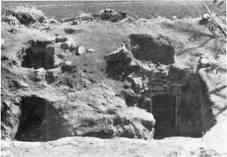
Figure 8. Photograph of blast furnaces no. 5 (left) and 6 (right) at Dongchuan 東川 in Acheng 阿城 County, Heilongjiang, reproduced from Wang Yongxiang 1975, pl. 7.1. Cf. Figure 9.
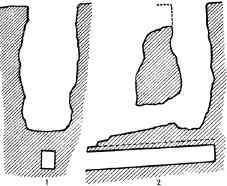
Figure 9. Diagram of blast furnaces no. 5 (left) and 6 (right) at Dongchuan 東川 in Acheng 阿城 county, Heilongjiang, reproduced from Wang Yongxiang 1975: 128. Cf. Figure 8.
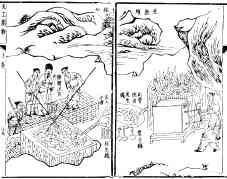
Figure 10. 'Furnaces for refining cast and wrought iron', illustration in Tian gong kai wu (reproduced from 1637 ed., xia 下: 18b-19a).

Figure 11. An ironworks in central China (either Jiangxi or Hunan), photographed ca. 1910. Reproduced from Lux 1912: 1407, fig. 5.
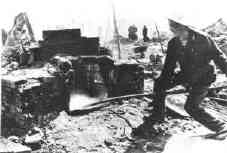
Figure 12. Operation of a traditional type of fining hearth in Shanxi (Alley 1961a).